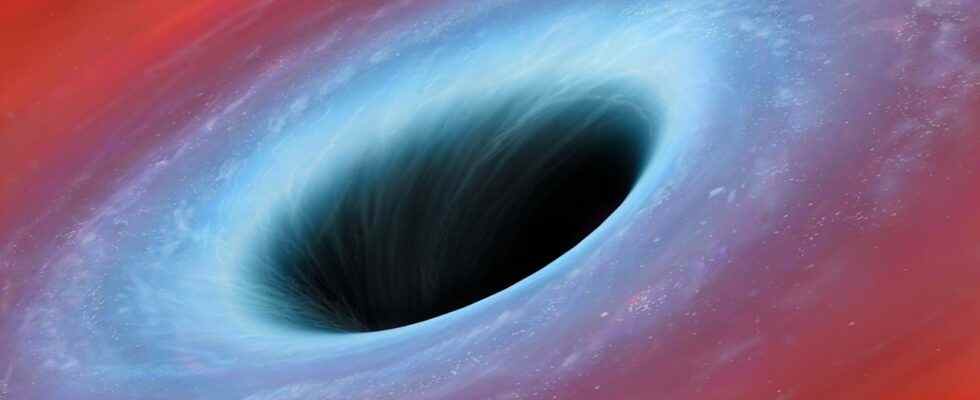Scientists only 89 million light years away, NGC 7727 in the galaxy two supermassive black holes declared that. Moreover, according to the new study, this pair is closer to each other than other binary systems. Because among them only 1,600 light years There is distance.
Astronomers state that these two black holes will grow and eventually merge. Thus, they will become a much larger cosmic object. However, scientists are following these new findings. Astronomy & Astrophysics published in the magazine.
Details emerge about supermassive black hole pair
There are many reasons why these double cosmic objects are of interest to scientists. Because they are located at the center of most galaxies, in the cores around which everything else revolves. The coexistence of the two indicates the merging of the two galaxies.

Astronomer from the Strasbourg Observatory in France Karina Voggel and his team did it. The team of the European Southern Observatory The Very Large Telescope He made observations using the VLT. So they observed the closest pair of supermassive black holes to Earth. Also, the distance between the two objects was much smaller than previously detected pairs.
The team determined the masses of the two objects by looking at how the gravitational force of black holes affects the motion of stars around them. The larger black hole, at the very center of NGC 7727, is almost smack in the Sun. 154 million They found that it has a solid mass. Also another It was 6.3 million times larger than the Sun.
By the way, scientists stated that this is the first time the supermassive black hole pair has been analyzed with this method. This success is due to the team’s Multi-Unit Spectroscopic Explorer It was made possible by using (MUSE). Researchers measuring masses with MUSE, From the Hubble Space Telescope with additional data NGC 7727He confirmed that the objects in ‘ were indeed supermassive cosmic bodies.
